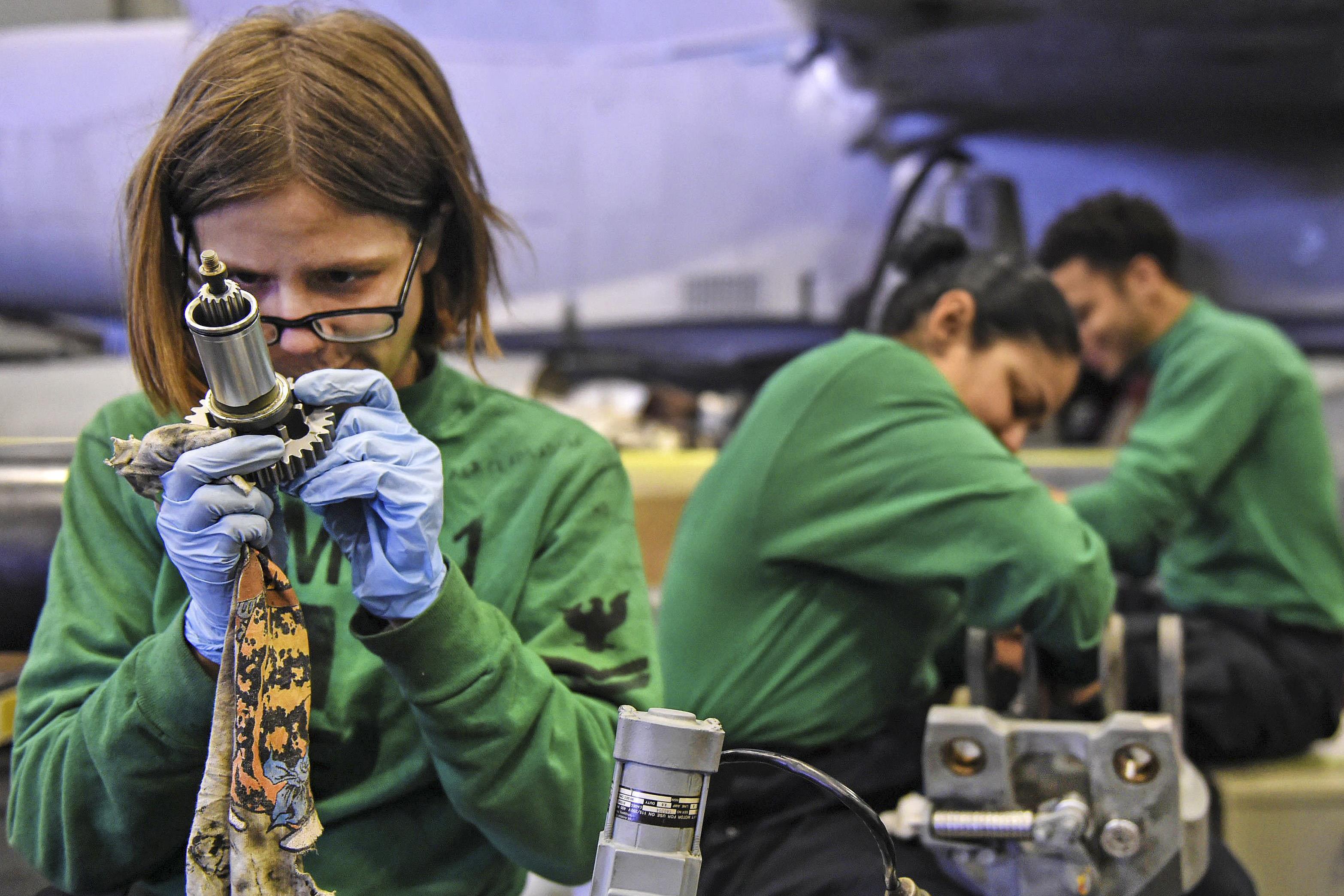
Beautiful River Valley Landscape Painting in Sequoia National Park, California. Painting by Albert Bierstadt.
It often amazes me when I sit back an think about where inspiration comes from. I’ve been inspired to write by songs, by podcasts, and have even written a post inspired by other people’s posts about toilets. Today’s post, however, was inspired by a post about positivity from Trent Selbrede on LinkedIn. That post, as you will read, was in turn inspired by a comment by David Pineda on another one of Trent’s posts. I said all that to say this: you can always find inspiration, and happiness, if you’re looking for it.
That’s one of the keys to mental health and wellness: changing how you see the world by focusing on the positive while forcing yourself to pay less attention to the negative. This is not a mere “look on the bright side” or making lemons out of lemonade, but to make a habit of paying more attention to positive things and not allowing negative things to overwhelm you.
Consider a painting, like the one at the top of this post. It’s a very well-done painting. Probably not Monet, because I’m not a fan of impressionism, but maybe you are, so maybe your painting’s a Monet. Your painting is hanging on the wall, and it’s lit by two lights, suspended on the ceiling. The two lights, a blacklight and a soft white light, are controlled by a single dimmer switch; when the switch is all the way down, the blacklight is at full strength. When the switch is all the way up, the white light is at full strength. The painting will look very different, depending on which light is shining on it.
We control the switch. The painting is our environment. It is neither good nor bad, because reality resists judgement. Reality is not right or wrong, positive or negative, it just is. It is our point of view that colors reality. There are some things that exist or have existed that a majority, almost an entirety, of a population considers wrong: genocide, for example, or the heroin or suicide epidemics that exist. The truth is, however, that however widespread the agreement is, the “wrongness” of these things are still a collective judgement. There are a wide number of topics that “rightness” or “wrongness” is not agreed upon: 2016 was a perfect example of just about all of that. Then, there are universal things that people find “right” or pleasurable: the smell of a new car, or the joy in the laughter of a happy baby. Again, all of these things are judgements, not the reality.
So back to your painting. You can choose to light your painting with the blacklight, a negative point of view, or the with white light, a positive point of view. You have the power to change the light from dark to bright, unless you think you don’t have that power. Our mind, or more specifically our brain, is how we perceive, analyze, and interpret our environment, and our pattern of positive or negative thoughts are the filters through which we make that interpretation.
Some people are naturally positive, naturally optimistic. Others are more like a butchered well-known phrase: some are born pessimists, some are made pessimists, and others have pessimism thrust upon them. However, at different points in our lives, we are reminded of positives while experiencing the negative. I recently had this experience; each of us, as we are involved in something we care about, start to question ourselves: what if I’m doing this wrong? That doubt creeps in, and if we keep the negative light on it, it’s quite possible that we may get stuck in that mindset. We might stop doing it. We might quit. And we might be wrong. Just when I was in one of those questioning places, however, I received a reminder of the white light; someone reached out to me and let me know that, yes, when it came to them and their situation, I was in fact doing something right. I was making a difference. And that made all the difference in the world.
Our viewpoint in the world is one thing we can control. We can choose to focus on negative, and experience negative, or choose to focus on positive, and experience positive. Our lives can be a whole bunch of good with a few small spots of bad, or a whole bunch of bad with a few small spots of good. Which sounds more pleasing? More easy? More fulfilling? I’ll take the whole bunch of good, please.
You have a choice. The left hand road, or the right hand road? The positive outlook, or the negative? Choosing is not the challenge, though; realizing that you have the ability to choose, and truly believing that you have control, is the tricky part. Now that you know, what are you going to do about it?
Did you enjoy this post? Please comment below and share with your network in order to join the conversation regarding veteran mental health. You can sign up for updates from Head Space and Timing and follow Duane, a combat veteran and mental health counselor, on Facebook, Twitter and LinkedIn.



1 Comment
HST038: Changing How You View The Past — Head Space and Timing · January 2, 2018 at 7:09 am
[…] How To Completely Change How You See The World Blog Post […]
Comments are closed.